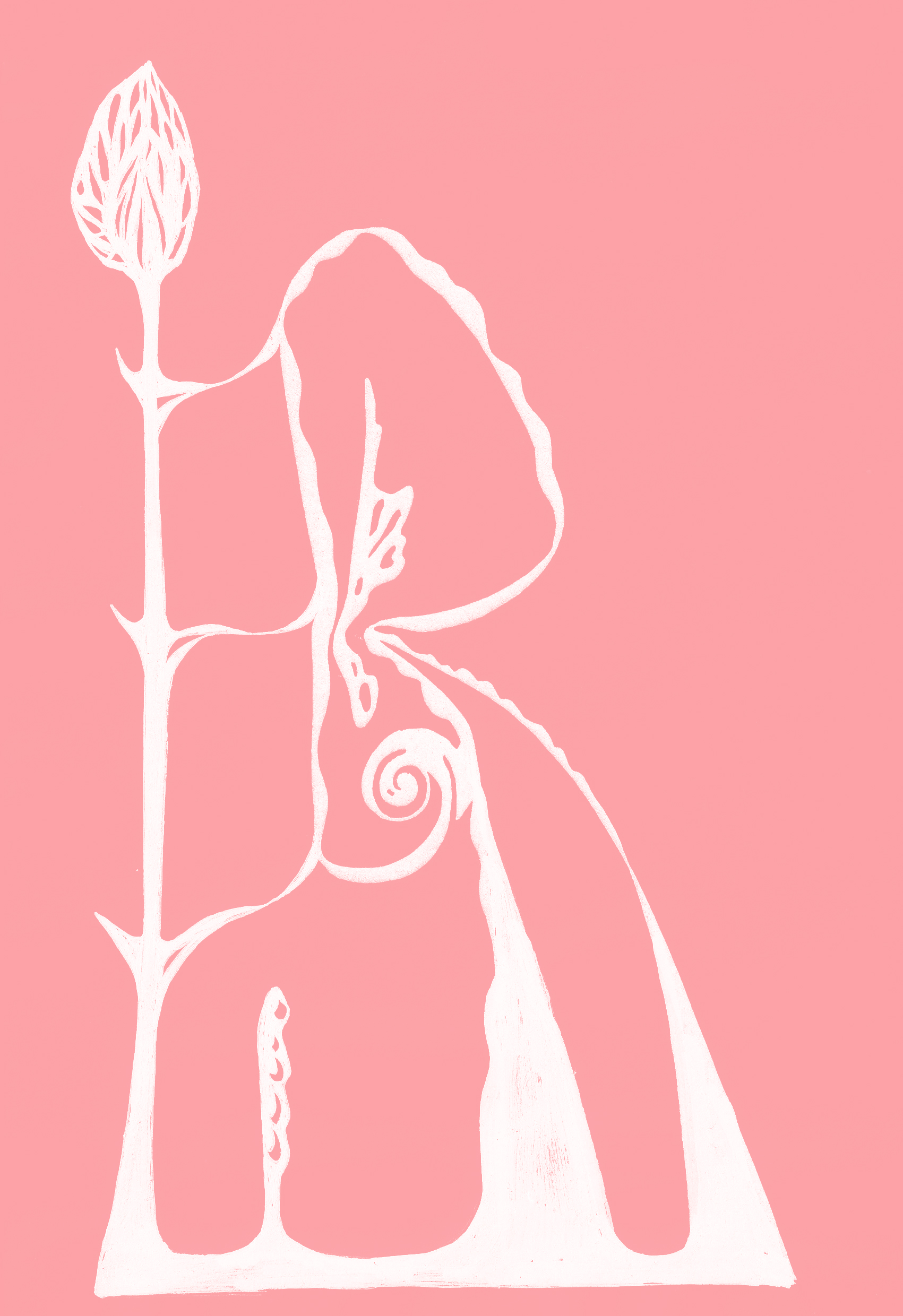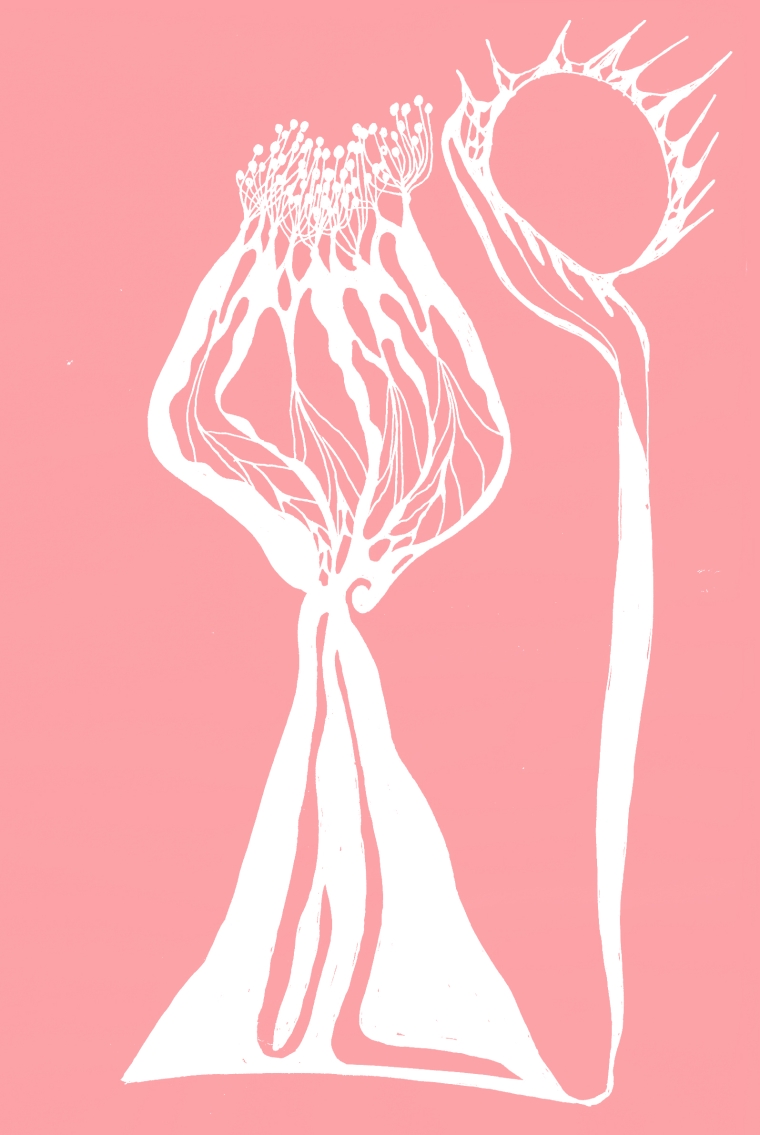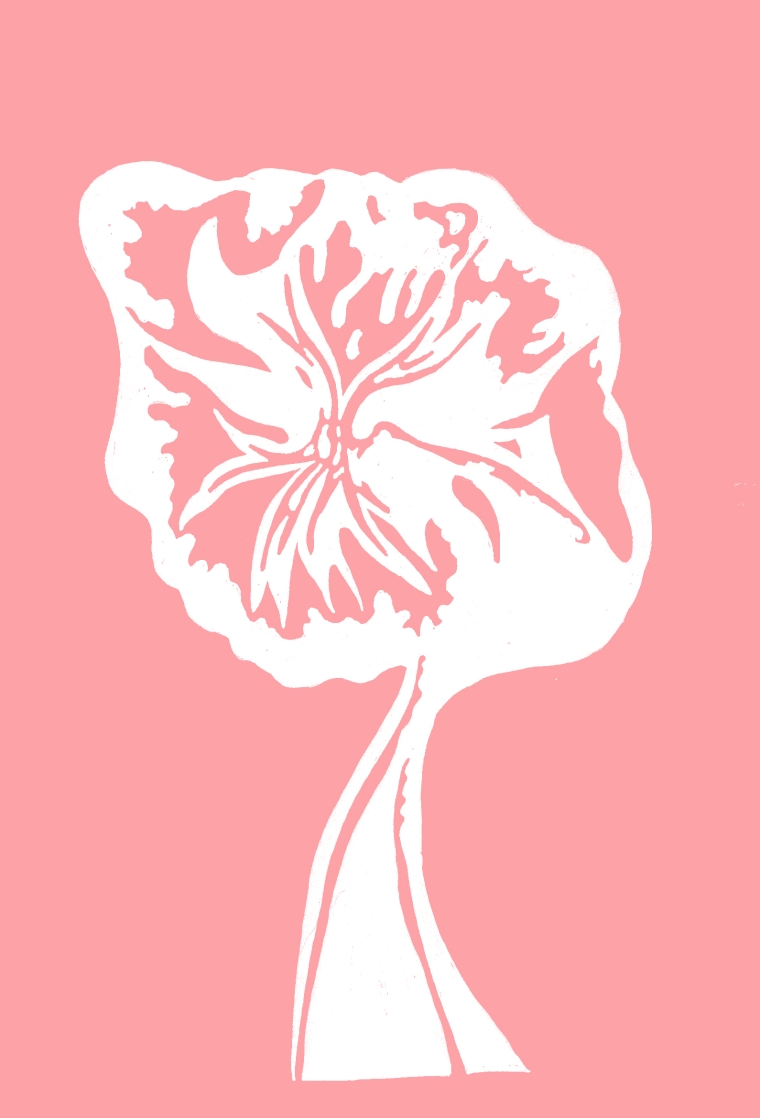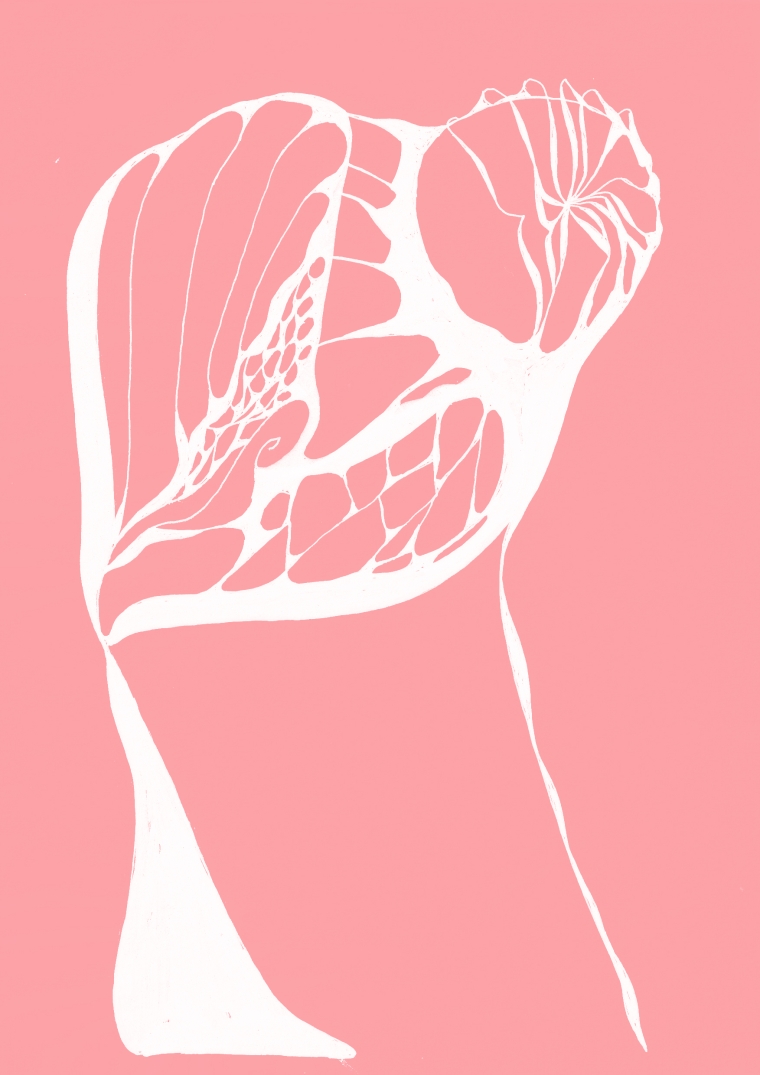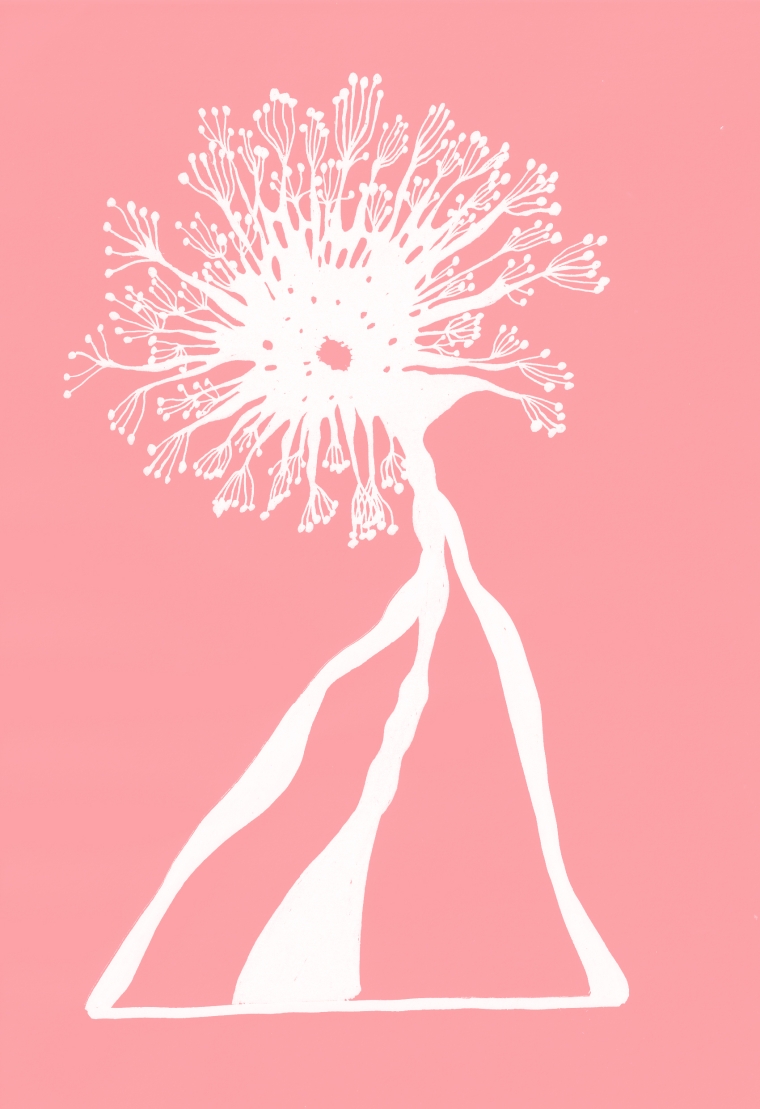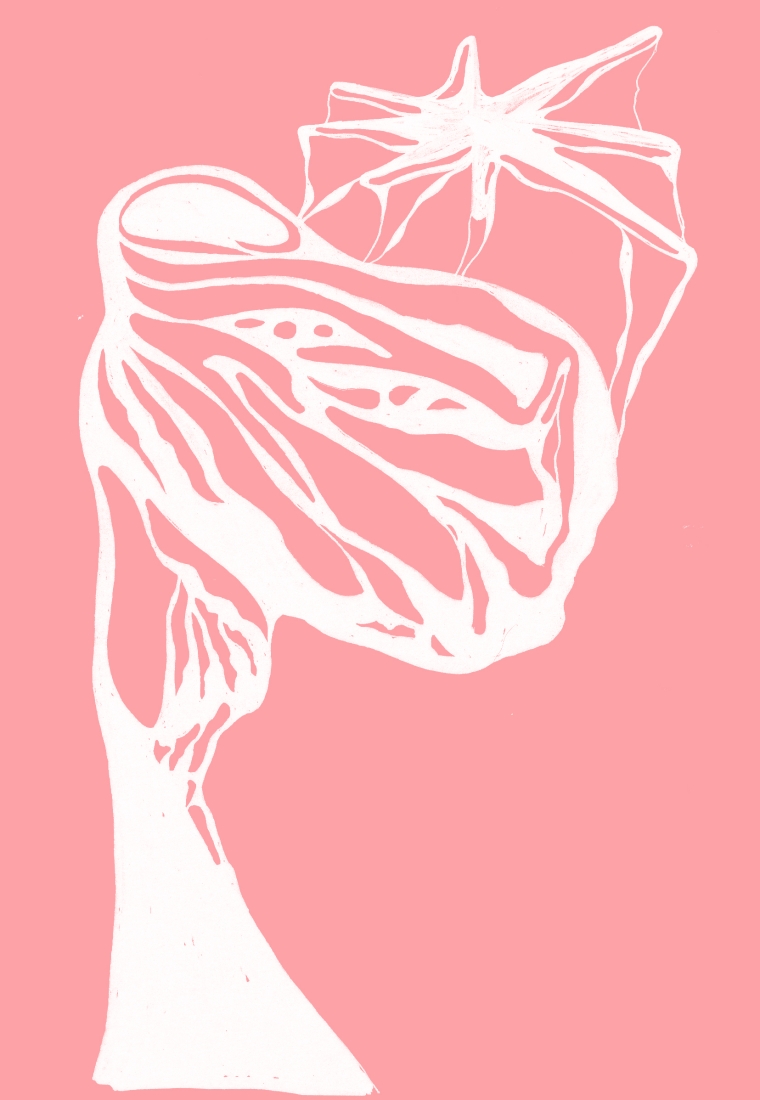In 2022, Nina Paim, originally from Brazil, moved with her family to Porto, motivated by the desire to find a more welcoming cultural environment and to be able to speak and think in Portuguese on a daily basis. She is a designer by training, but as a result of an organic process that arose from a series of migrations, she has, since 2012, embarked on the curatorial and editorial path. Futuress, the online editorial collective around design criticism, which she co-directs, has been a huge international success. This is, above all, because it’s a place where people can find highly relevant and lucid critical perspectives on contemporary design. The project relies on a distinguished network of collaborators and has been widely consulted for pedagogical purposes on design education by universities worldwide. Running through all of it – because “it’s not something you can just turn on or off”, in Nina’s words – is intersectional feminism. When it comes to the immense amount of editing and management work she does, always flanked by her collaborators, Nina is well aware of the influence Futuress has already had on so many people in just a few years since its founding. She concedes, despite some setbacks, that the project has “turned out pretty well!” The road that led her here is long and has been defined by the many alliances she has forged in her editing and publishing duties. She studied at the Escola Superior de Desenho Industrial in Rio de Janeiro and, in 2010, did an exchange at the Gerrit Rietveld Academie in the Netherlands, where she ended up completing her studies with her degree project Escola Aberta – a temporary design school co-organised with Clara Meliande – which arose from the desire to try to merge varied approaches to design pedagogy. In 2012, she moved to Berlin, where she began working as an assistant in Julia Born’s editorial design office, working in the meantime as a freelancer and writing proposals for culture projects. During this time, she curated the exhibition on design education Taking a Line for a Walk which showed at the Brno Biennial in 2014. This opportunity allowed her, in collaboration with Emilia Bergmark and Eliot Gisel, to edit and publish a book of the same name, published by Spector Books in 2016. That year she moved to Switzerland, and these multiple “migrations”, while allowing her to build an international network, also led to personal isolation and loneliness as her short stays in each place made it difficult to place roots and establish support networks. After completing her master’s degree in 2017, where she focussed on the history of publishing in design, she moved from St. Gallen to Basel, where she worked at the University of Applied Sciences as the coordinator of the Beyond Change academic design conference, which took place in 2018. At that conference, she met Maya Ober, the now co-director of Futuress and creator of the depatriarchisedesign.com blog. During the same period, she co-founded the design research practice common-interest with Eliot Gisel, an attempt to bring together their editorial and curatorial interests and previous work on critical and mindful practices, linking design to social issues, primarily that of gender. In 2019 both she and Eliot were invited by Vera Sacchetti and Matylda Krzykowski to come up with a project for an exhibition they were curating at Kunstgewerbemuseum in Dresden; it was there that Futuress was born.
My desire to know more about the project in connection to our focus on mental health was sparked by seeing how such a digital platform was able, in such a short space of time and also during the pandemic, to keep so many people “linked together”, even if they didn’t know each other, with participants collaborating from their homes, in lockdown, toward a common goal: that of thinking out a more inclusive future for publishing, studying the history of marginal publishing practices, and of manifesting feminist criticism in writing and in publishing. We think of criticism here as an act of care, of paying attention to what may initially be a mere intuitive feeling about something uncomfortable, which, faced together as a community, can be developed upon and overcome by finding alternatives.
Isabel Carvalho
How was Futuress first formed, and how has it been restructured since in response to an ever-developing present?
Nina Paim
In 2018, the Kunstgewerbemuseum undertook a historical review of its collection, specifically looking at the work of women, which resulted in the exhibition Against Invisibility: Women Designers at the Deutsche Werkstätten Hellerau 1898–1938. It was in this context that Vera and Matylda were asked to organise a symposium, which materialised as A Woman’s Work. The museum wanted to carry this process of self-reflection further and invited both of them to curate an exhibition that looked at issues of gender both in the present and in the future within the field of design, which they ended up titling Add to the Cake: Transforming the Role of Female Design Practitioners. At the time, Eliot and I were sick of being the “killjoy feminists of design”, that is, the ones who always end up having to verbalise the same criticisms of the hegemonic discipline that remains essentially white, European, masculine and individualistic. We felt the need to dream, to imagine other ways forward, other possible futures. We proposed Futuress as a library of feminist design publications that were yet to be written. A library of untold stories that were yet to be put down in writing. We developed a small website where anyone could upload a concept for a book that didn’t yet exist but that absolutely ought to be written and published. The site automatically generated a three-dimensional image of the book, thereby making the proposal more tangible, palpable. And it was a success! Not long after, the project travelled to the Ljubljana Biennial of Design (Slovenia) and then was presented here in Portugal at the first Porto Design Biennale in 2019. In Porto, as well as expanding events into Portugal, we organised a small talk at the Café Candelabro. The guiding question was: how could we make these books a reality? How might we form a publishing house for design feminism? We had no concrete answers. For us, the task required problematising issues of access and distribution of resources, the invisible structures that allow certain ideas to surface over others – fundamentally political and ethical questions. The publishing environment, especially in independent publishing, is highly precarious and, in Europe, dependent on cultural funding. How might one do publishing work without putting authors in a position of financial precarity, without doing the same to the publishers themselves? We decided to search for leads in the past and started reading everything we could find about historical feminist publishing experiments. In doing so, we realised that publishing has always been a means for feminists to network, to create communities. Writing as a way of understanding the world, but principally as a way of connecting with other feminists separated by geographical distance. We secured a small grant that allowed us to continue our preliminary investigations, but we still had no practical answers on how to get started. It was about that time, mid-2020, that we were swallowed up by the Covid-19 pandemic, and suddenly, everything changed. We went into social isolation. In March of that year, we received an invitation from a French institution, Le Signe, to organise an online workshop. Why not collectivise the research we’d done into historical feminist publishing experiments? Why not organise a study group where each participant would focus on a different feminist publication from the past? We called on British writer and editor Madeleine Morley to run the workshop with us. At the time, we had already identified a plethora of activist websites with vast digitalised archives of feminist magazines and newspapers, such as Independent Voices. This was still during the first lockdown in Europe, everything was closed, and in many countries, people could not even leave their homes without permission. Digital archives allowed us to do our research, most of the time without leaving our rooms. It was an incredible experience! A group of twenty-three women and non-binary people from various corners of the world made up the Liberation in Print Collective, which is what we named the first workshop. We gathered weekly online in small groups of six people to share our findings. Afterwards, each participant wrote a short piece, and we compiled it all into a zine, Feminist Findings, which later accompanied an exhibition at the A-Z design gallery in Berlin. An embryonic model for Futuress was born there: a mixture of a research community and a publishing house. The idea was to connect people, democratise access to resources, provoke discussion, read over each other’s work, and then publish them.
At the time, Eliot and I were sick of being the “killjoy feminists of design”, that is, the ones who always end up having to verbalise the same criticisms of the hegemonic discipline that remains essentially white, European, masculine and individualistic.
Isabel Carvalho
How did the Futuress platform have an effect on both your mental health and that of the wider community of readers during the pandemic? Or rather, what part did care play in your practice?
Nina Paim
My continued migrations that began since I left my little hometown in Brazil have meant experiencing displacement repeatedly and being forced each time to build new relationships from the ground up. Life in Switzerland was particularly tough, marked by the experience of motherhood in a place where I had no support network around me. In all these different cultural and geographical contexts I had to find my people”. I think a lot about that famous Audre Lorde quote: “without community, there’s no liberation”. That process of creating networks and forging exchanges is transformational. Futuress came about at the start of the COVID-19 pandemic in Europe, a very scary time when we didn’t know the scale of what was going to happen, and we were all isolated from each other. At that time, many independently organised online forums for exchange emerged, taking the form of lectures and workshops, or just of spaces where people could connect with others and negotiate the loneliness they were feeling. I see this first iteration of Futuress very much as a response to that isolation. Through Futuress, I personally met many people who are now close friends. As an example, I met Isabel Duarte during one of the fellowships. Now we are developing a project together, and very soon we are going to be sharing a studio here in Porto. And there’s Cherry Ann Davis too. I met her on a fellowship, whereafter we worked together to curate and facilitate the Against the Grain workshop, and we are also conceiving a project which – I hope – we will be able to work on as collaborators. I met Mio Kojima on a fellowship project as well, and soon afterwards, she contacted me asking to do an internship. Now she is the editorial manager of the Futuress platform. She keeps the whole thing together! For me, feminism is a praxis, which begins with a critical look at the world that seeks to unmask oppression and work against it, tear it apart – but above all it is a kind of doing. It is lived experience in relation to others. You can’t just turn feminism on or off. Feminism is a full-time job! With that said, living a feminist life can also be very exhausting, which is part of why this work needs to be done collaboratively, sharing the burden, but most of all the joy. After almost three years of Futuress, I think the relationships, friendships and encounters that come about through the platform are the most valuable part of it. For that reason, I wouldn’t define Futuress as a digital platform. We have merely made use of a digital medium to facilitate these exchanges. I personally crave in-person, face-to-face encounters, being able to hug people and be in a space with them.
Isabel Carvalho
As an editor myself, I feel it’s a kind of work that requires a lot of patience, persistence and affection. In fact, I believe that without affection – or the capacity to experience affect, to allow oneself to experience being affected by the complex problems that need to be raised and made public – editorial work is detached, and perhaps produces somewhat lacklustre results. How often do you address issues relating to care in your editorial practice? I am particularly interested in how your “community-family” is cared for.
Nina Paim
Care is a crucial element that has permeated our practice at Futuress since the platform’s inception. This arose from thinking critically about how to run the platform, how to manage our budget, and at the same time, remain aware of the processes of inclusion and exclusion that are at work in our spaces. It means trying to arrive at an internal division of labour that is internally transparent and aims for equal distribution of effort and resources while always keeping in mind our different backgrounds and levels of access to opportunity and privilege. It means thinking critically about who we invite, who we commission, and, most importantly, how we relate to the people within our network. It means paying close attention to the structure of our internal decision-making and protocols and establishing ‘live’ codes of conduct, which always remain in flux and are subject to change. It means thinking about who we cite or reference, which voices we amplify, and even what fonts and typography we use in the material we put out. It means understanding that all these decisions are political. And it also means recognising that we, those of us who maintain the platform, have limitations, and that we make mistakes even while always being ready and willing to learn and do better.
Isabel Carvalho
How do you understand exhaustion – derived from professional stress, heightened vulnerability and the risk of mental illness – as a consequence of the demands of production? Or rather, how is it possible to produce and publish knowledge at the pace expected nowadays without falling into the exploitation of the self beyond personal limits and capacity?
Nina Paim
I think the central issue is setting a rhythm for the work: what sort of rhythm are we able and willing to work within? The initial decision to publish one original text per week was based on what we saw researching other similar platforms. We thought we needed to put things out along the same sort of schedule – not only to ensure the continued relevance of the platform but also to make the project sustainable. Given the platform was, in the beginning, kept going via rolling funding, there was the understanding going forward that we’d need to employ a variety of financial strategies and resources. One of these would be a donation system. So the choice of publishing one original text per week was based on the assumption that kind of pace was unavoidable if the platform were to be able, eventually, to sustain itself, and to have a broad reach, to grow its audience, that is, through publishing a significant number of articles that would later be cited by others. Today, two and a half years after the platform’s birth, we are realising that publishing so frequently is unsustainable because we never reached the level of donations we had hoped for. Public cultural funding is always given for short-term projects or events where you need to rely on external partners, but then your budget ends up going to the partners rather than being absorbed by the organisation itself. Today we only have enough money to keep us going at the same rate of output until July. From thereon, we will have to slow down or otherwise steer ourselves in a different direction. We’re currently discussing how to cut back, what to cut back, and what we can maintain in place. But it has been a difficult balance to strike. I even struggled today, for instance, to find a time when I was free to finish this interview because I am totally overwhelmed with work. For me to be able to continue doing what I do, I need to take on countless other jobs, countless other commissions or teaching gigs. I, perhaps naively, had an expectation that after two and a half years, Futuress would be in a much more financially stable position, one that would allow me to dedicate myself entirely to it. But the truth is that this has not been the case. So I continue to have to look for numerous other jobs to guarantee my livelihood. And yes, that has led to a state of exhaustion. Today, it’s right for me to say I am exhausted. Both myself, my co-director Maya Ober and our editorial manager Mio Kojima are all freelancers for Futuress – that is, we invoice Futuress every month, and have no employment benefits. Currently, we publish two pieces per month, and soon we will have to cut down even more. Since the platform’s beginnings, we have felt the desire and commitment to remunerate everyone involved fairly. We, the co-directors of the platform, often put ourselves second. I worked as a volunteer for the platform for a year and a half. Because I wanted to put in my own work so that the platform might continue to exist, but there came a point when volunteering became unsustainable for me.
For me, feminism is a praxis, which begins with a critical look at the world that seeks to unmask oppression and work against it, tear it apart – but above all it is a kind of doing. It is lived experience in relation to others. You can’t just turn feminism on or off. Feminism is a full-time job!
Isabel Carvalho
I think of the weight of responsibility that falls on you and on all of us when there is so much work that needs doing in the field of feminist criticism! Which leads me to ask: how are you cared for within this practice of reciprocal care? In other words, where do you get your support?
Nina Paim
The decision to look for a co-director was very conscious in terms of infusing care into the organisation, because decisions are now made jointly, and the most difficult decisions are never made alone, they are subject to dialogue. We have been talking about how we can lead our work in a more cooperative direction in the future. As it stands now, the platform has already had its impact and has already done something to help and make a difference, I think. And I think it will continue to make a difference even if we decide to stop publishing. Just the fact that that archive exists and is available and accessible will mean it continues to have an impact in the future. To tell the truth, I very much focus a lot on the positive aspects of the work, but still, I do find myself needing to make a conscious effort to focus on the affects, on the small triumphs, small victories, just the small things – like the thank you message we get from an author after we’ve published their piece. It’s been important for me to remember the most won-derful thing the Futuress platform has given me, the relationships with other people. Friendships are essential, and they need to be reclaimed and nurtured. With regards to whether femi-nism is burdensome or whether I personally feel that burden, I don’t think so. White supremacy is a burden. Capitalism is a burden. And patriarchy likewise is a burden. All these systems currently in place are a burden. And so capitalism is the force we have to fight against. Feminist, antiracist and decolonial practice starts from the understanding that we are embedded in a cross-generational struggle that will not end with ourselves. This is a fight for the future that I wholly want to be part of, but I also know I have limits, be they financial, familial or related to the exhaustion of my body – and that I have to respect those limits to stay well.
Drawing: © Clara Batalha / Isabel Carvalho, 2023.
Translation: Vita Dervan.
Leonorana magazine presents “We Care A Lot”, a series of conversations that place mental health at centre stage in understanding contemporary culture. Produced in partnership with maat for maat extended, this special issue of the magazine bears witness, through dialogues in different voices, to experiences of community, mutual care and happy interdependence currently being practised in the fields of art and culture. Recognising the breadth and nuances of contemporary thinking about care, this series – conceived by Isabel Carvalho and boasting the participation of Susana Caló, Nina Paim, Andrea Magalhães, the Pedreira collective and the Kosmicare collective – seeks to shine a spotlight on ways of living and thinking collectively, and allows us to see the ways mental health care practice asks us (and this is a good thing) to exist in relation to other beings, be they human or otherwise.
The name Leonorana comes from Ana Hatherly’s book Um Calculador de Improbabilidades (Quimera, 2001) and the magazine is a tribute to this author. It resumes and updates the central focus of her work, namely concerning the study and experimental practice of the complementarity between verbal and visual languages. Each issue of the annual magazine addresses a different theme, which is defined in dialogue with a guest editor, with whom the editorial methodology and orientation are also outlined. These are proposed to guest authors, who accept to share their interests, processes and accomplished works. The essay is the preferred genre as it is the one that is most adequate to the translation of the thought in formation and that best allows to undertake speculative approaches.


